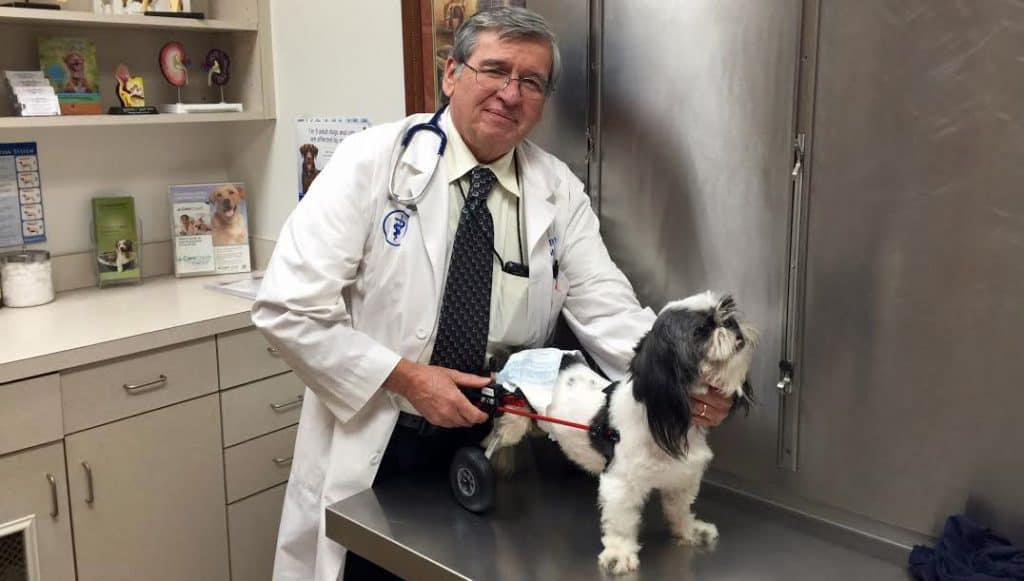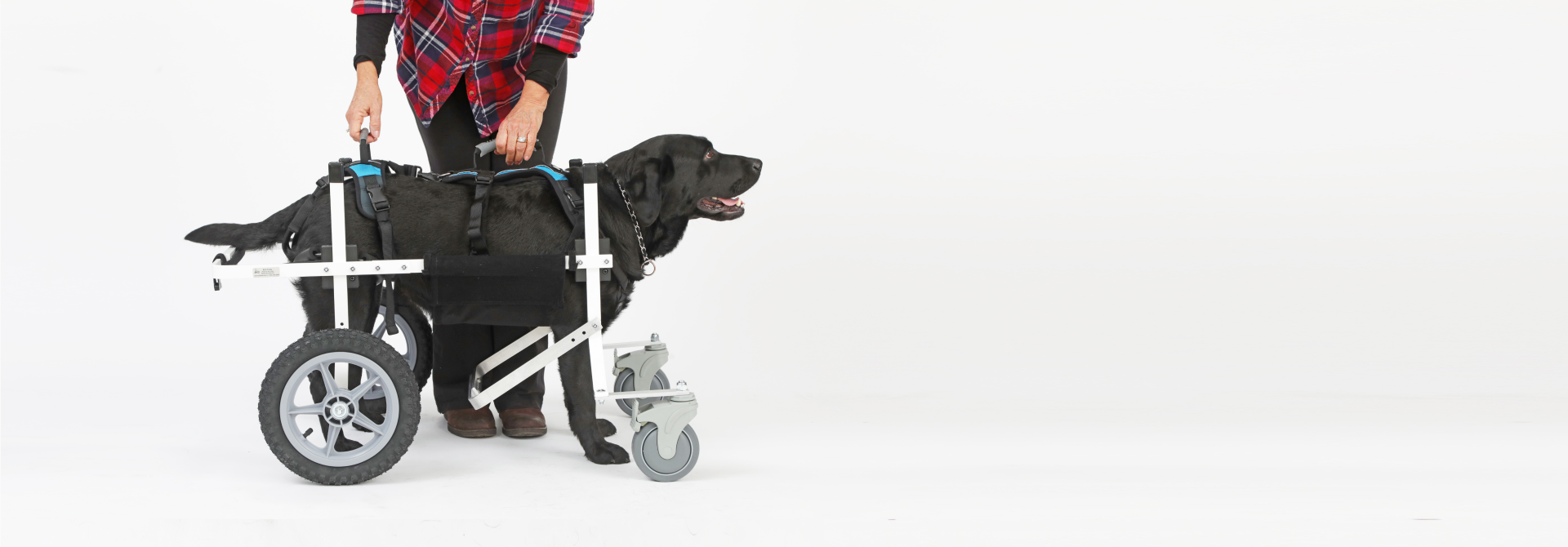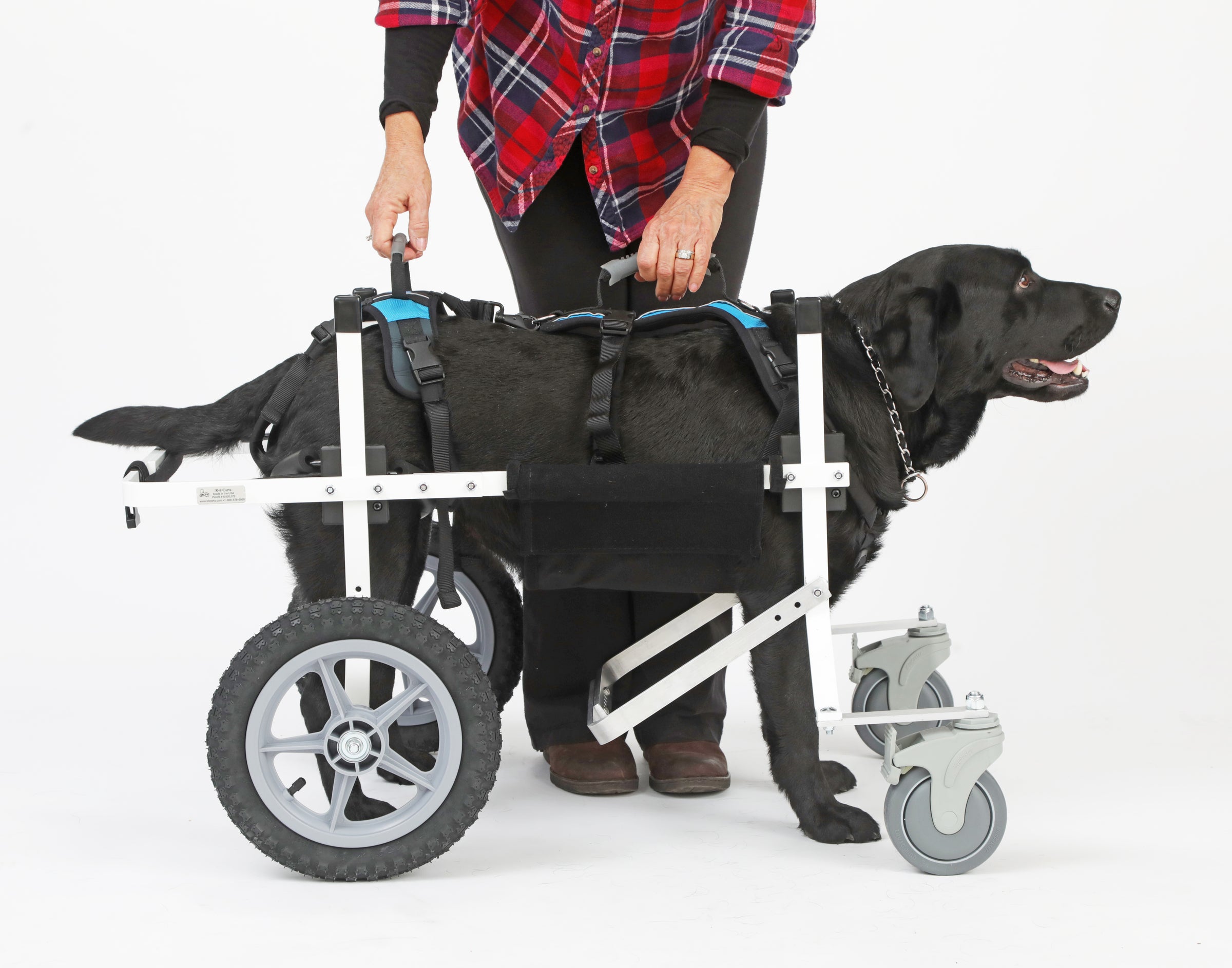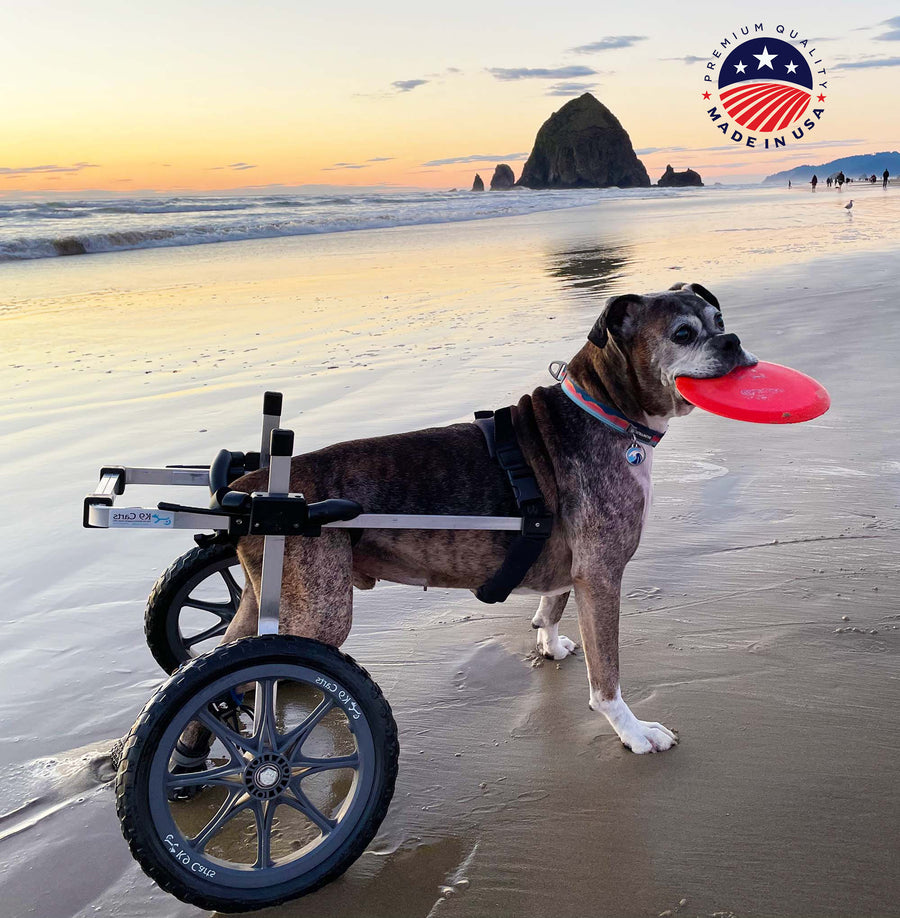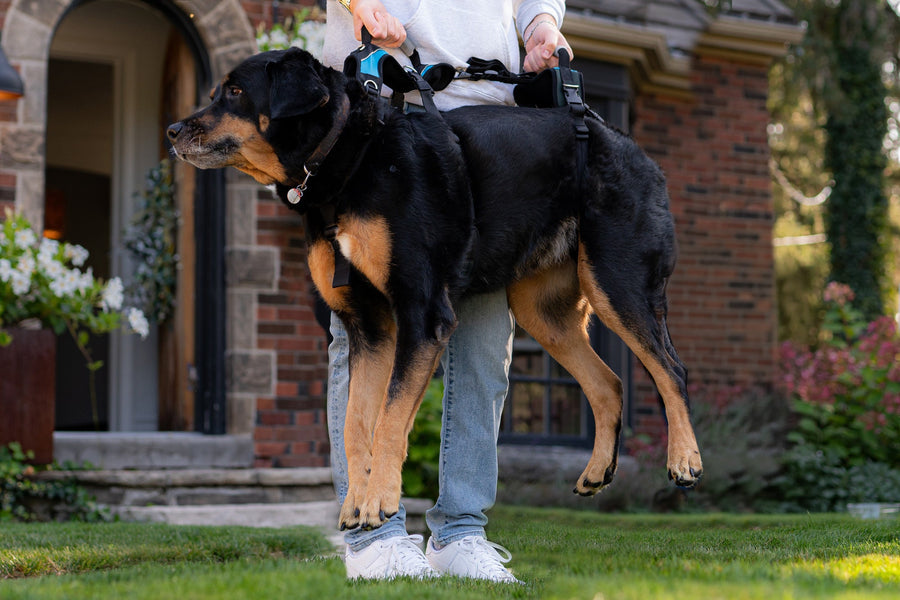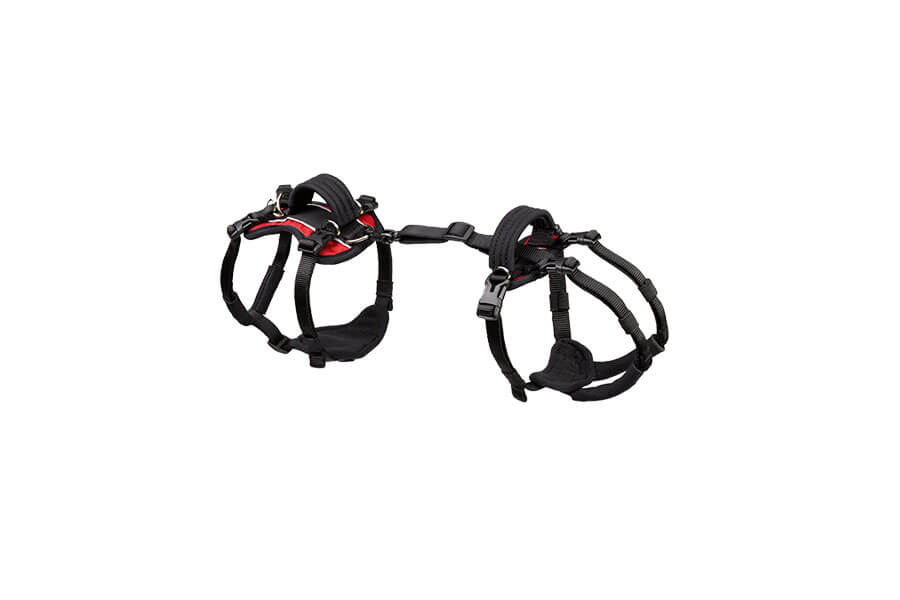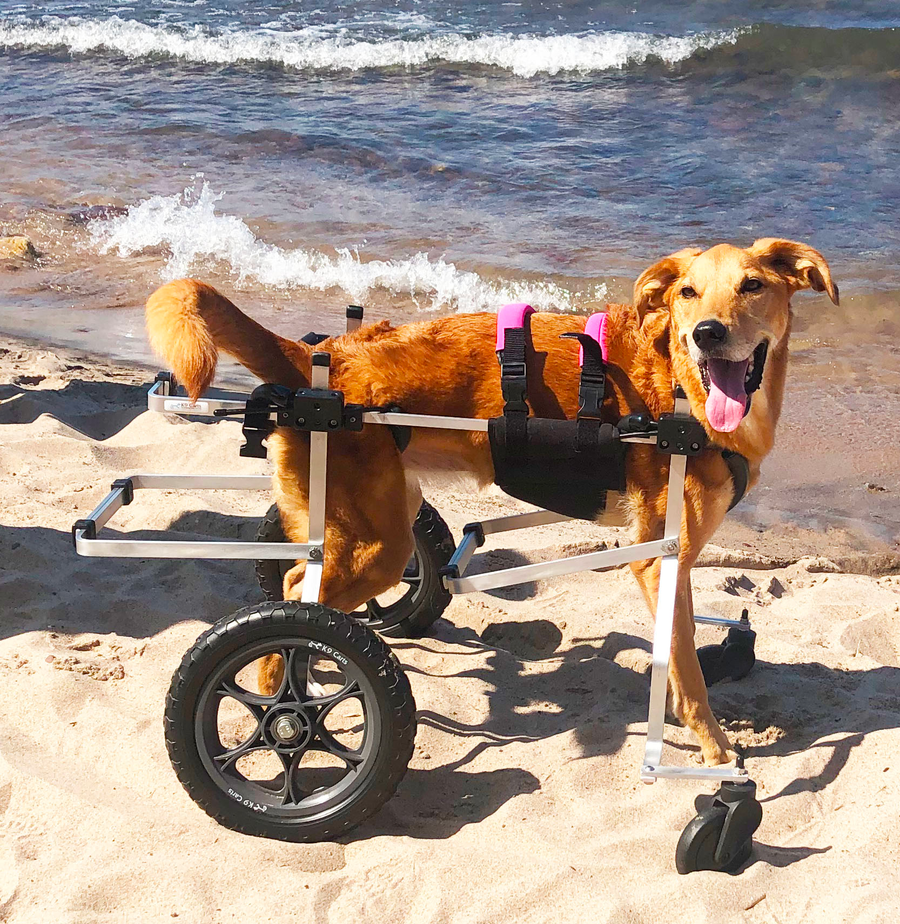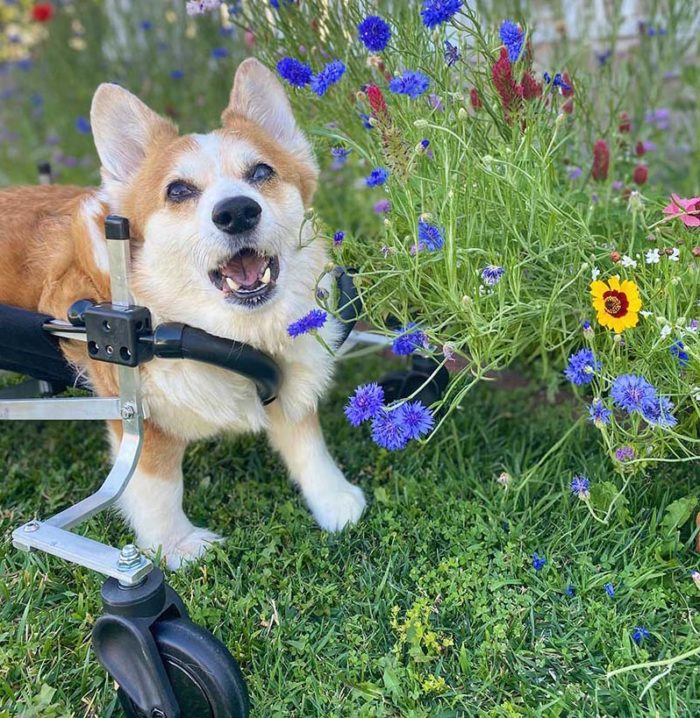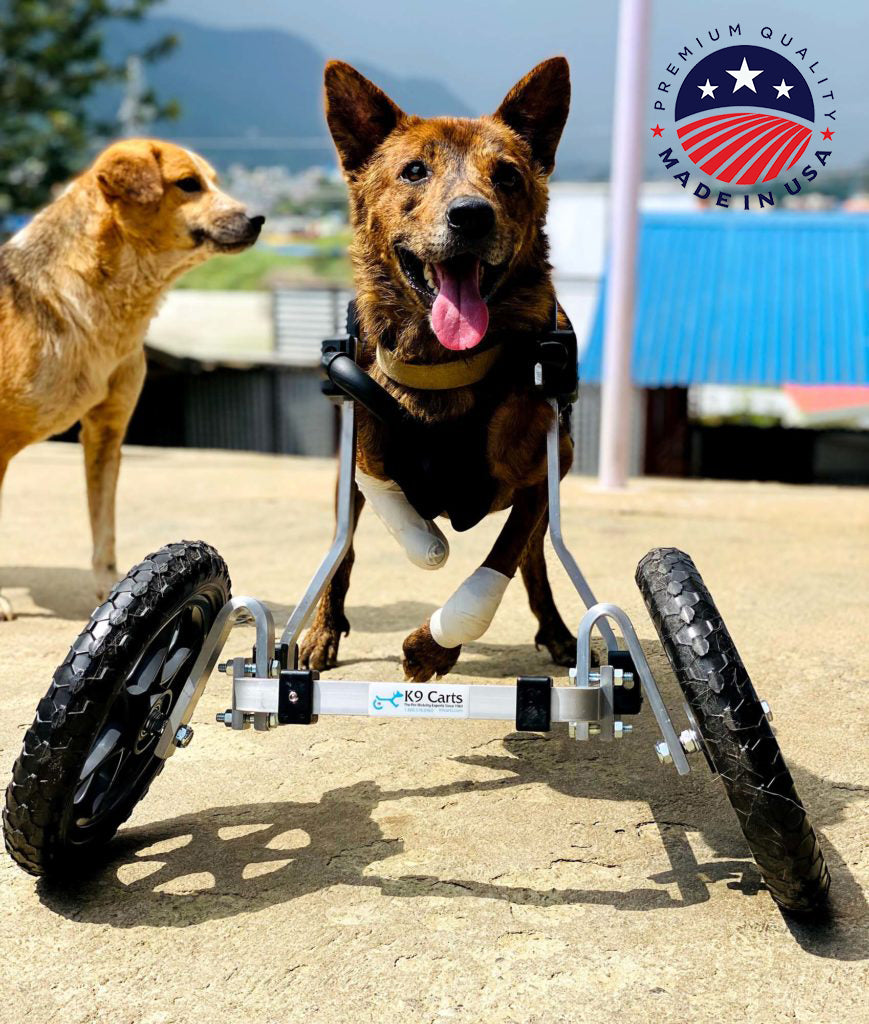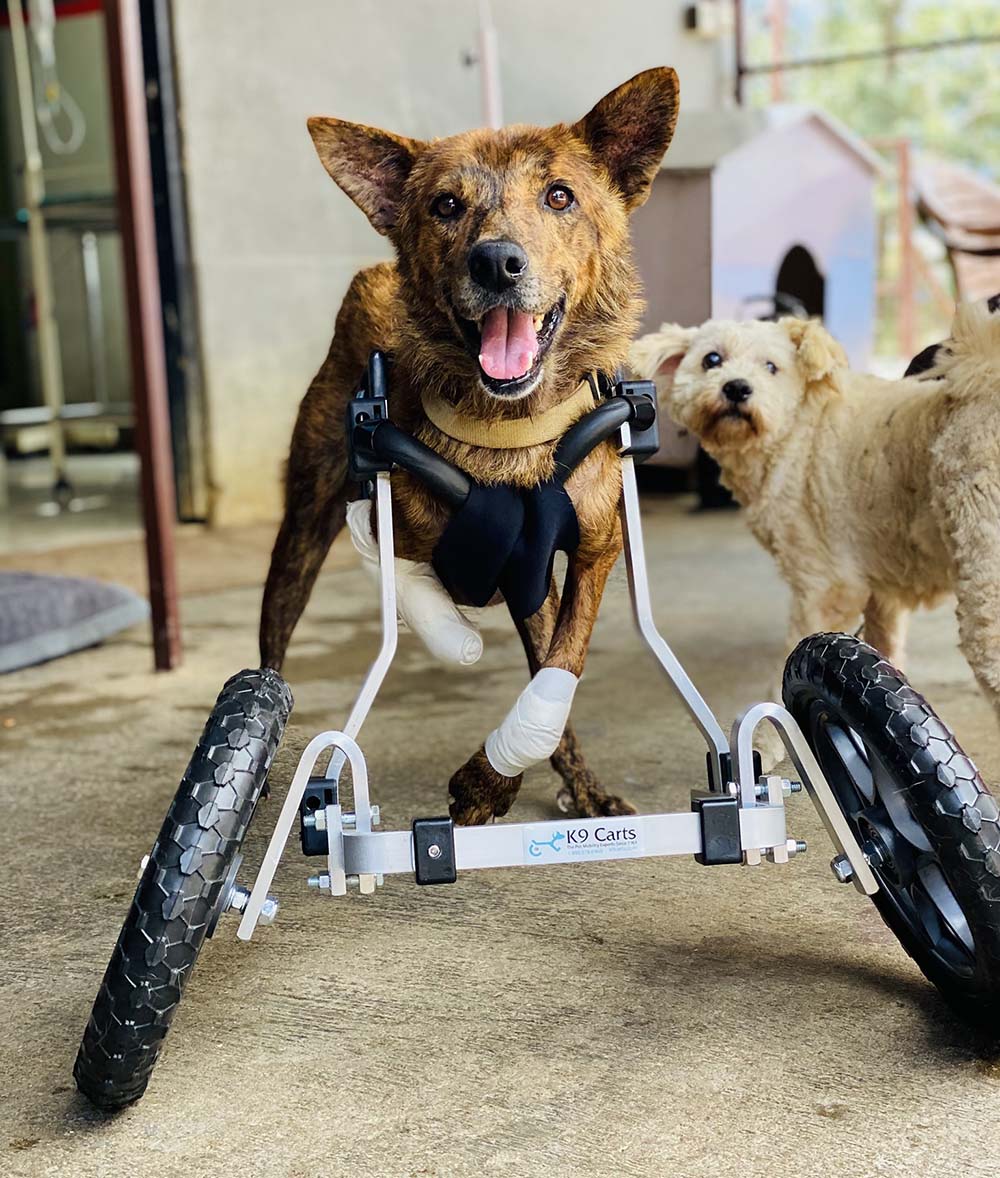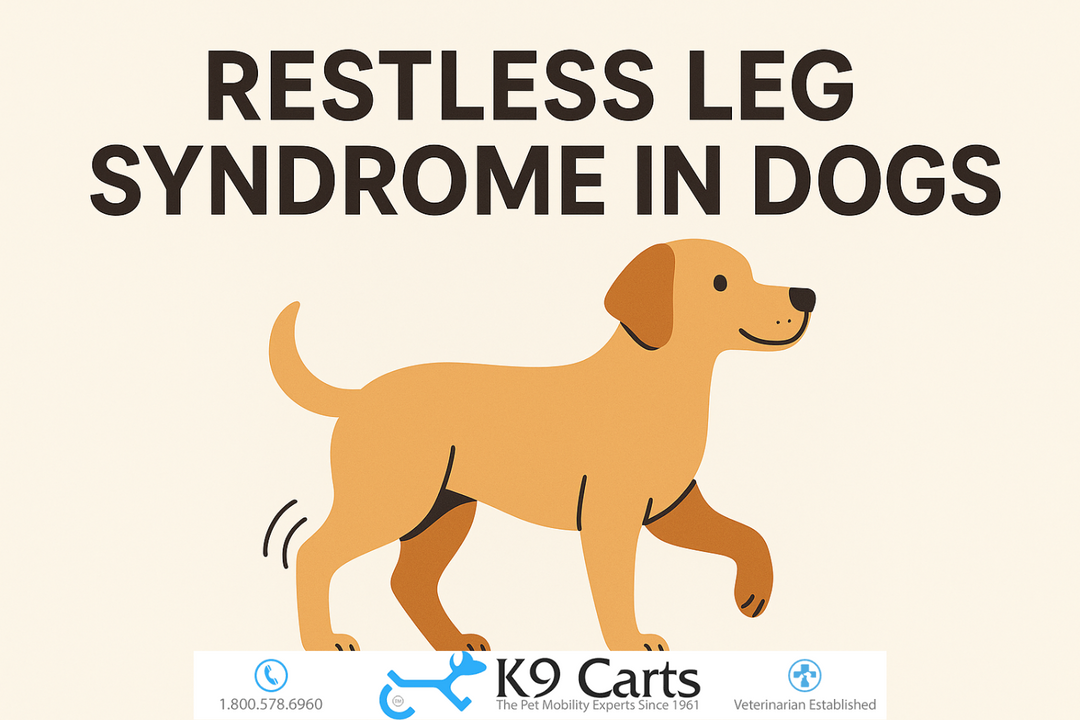Discospondylitis in Dogs: Causes, Symptoms, and Treatment Options
Discospondylitis is one of those diagnoses that tends to catch dog owners off guard. It’s not widely known outside of veterinary circles, but for the dogs it affects, it can be deeply painful and even disabling if not treated early.
What Is Discospondylitis?
Discospondylitis is a bacterial or fungal infection that affects the intervertebral discs and adjacent vertebral bodies in a dog’s spine. It’s not a condition that develops overnight. In most cases, the infection spreads through the bloodstream from another area of the body and gradually establishes itself in the spine, often without obvious symptoms at first.
When the infection progresses, it starts to break down bone and disc tissue, leading to inflammation, instability, and in some cases, compression of the spinal cord. That’s when you start to see more noticeable signs: pain, lameness, weakness, or worse, paralysis.
While this condition can affect dogs of any breed or size, it's more frequently diagnosed in large breed, middle-aged males. German Shepherds, Great Danes, and Dobermans come up often in case studies, though small breeds are by no means exempt.
Causes of Discospondylitis
Understanding how discospondylitis develops is key to managing it properly. The majority of cases are caused by bacteria, and less often, by fungi. The infection almost always originates elsewhere in the body before it finds its way into the spine.
1. Bloodborne Infection
The bloodstream is the most common route. Dogs may have an infection in their urinary tract, prostate, skin, or even teeth. From there, the bacteria or fungus enters the bloodstream, circulates through the body, and can lodge in the nutrient-rich disc space and vertebral endplates.
Common culprits include:
Staphylococcus pseudintermedius
Brucella canis
E. coli
Streptococcus species
Fungal infections, though less common, tend to be more aggressive and harder to treat. Aspergillus is one such organism that we occasionally identify, especially in immunocompromised dogs.
2. Direct Inoculation or Trauma
In some cases, especially if a dog has had spinal surgery or a traumatic injury, bacteria can be introduced directly into the spinal region. These situations are less frequent but require careful consideration during a diagnostic work-up.
3. Migrating Foreign Bodies
Although rare, migrating grass awns or other foreign material can bring bacteria with them as they move through tissue, eventually reaching the spine.
Symptoms: What to Watch For
Early signs of discospondylitis can be frustratingly vague. It often starts with a dog being a bit quieter than usual, maybe off their food, or reluctant to climb stairs. These are easy to miss or write off as minor discomfort.
But as the infection takes hold, more specific symptoms begin to emerge.
Common Clinical Signs
Spinal pain is the most consistent symptom. You might notice your dog flinch or cry when picked up or touched along the back.
Lethargy and fever are frequently seen but aren’t always dramatic.
Stiffness or difficulty walking can develop, especially if the neck or back is involved.
Loss of coordination or outright paralysis, particularly in the hind limbs, may occur if the spinal cord becomes compressed.
Sometimes, the first real red flag is a dog that suddenly can’t use its back legs. At that point, time is critical.
How Discospondylitis Is Diagnosed
No single test will diagnose discospondylitis with certainty. It takes a combination of physical exams, imaging, and lab work to paint a complete picture. That said, a good vet will often have a strong suspicion based on clinical signs alone.
1. Neurological and Orthopedic Examination
The initial exam helps localize the issue. Dogs with discospondylitis often have a pain response when the spine is palpated. Depending on how advanced the disease is, they may also show neurological deficits: things like delayed paw placement or absent reflexes.
2. Imaging
X-rays can show signs like disc space narrowing, endplate erosion, or bony changes. However, it can take a few weeks after the infection starts for these changes to appear.
MRI is far more sensitive and is especially helpful if there are signs of spinal cord involvement.
CT scans can give detailed images of bone structure, which is useful in surgical planning.
3. Bloodwork and Lab Tests
A complete blood count may show elevated white cells if an infection is active.
Urine cultures are a must, especially since urinary infections are a common source.
Blood cultures may help isolate the organism, although they aren't always positive.
Brucella testing is important, particularly in intact males or dogs with unknown breeding histories.
In some cases, a spinal tap or disc aspirate may be necessary to get a culture, although this carries some risk and is generally reserved for difficult or recurring cases.
Treatment Options
Discospondylitis is not a condition that clears up quickly. Treatment is usually prolonged, often taking several months of consistent care.
Long-Term Antimicrobial Therapy
The backbone of treatment is antibiotics or antifungal medications tailored to the organism identified through culture and sensitivity testing. In uncomplicated cases, antibiotics may be continued for a minimum of 6 to 8 weeks. In more severe or resistant cases, 12 weeks or longer is not unusual.
When we can’t identify a specific organism, broad-spectrum antibiotics are used, but this approach is always less ideal.
Pain Management
Spinal pain can be intense. Managing it appropriately is essential to recovery and quality of life. Options could include:
Non-steroidal anti-inflammatory drugs (NSAIDs)
Medication for nerve pain
Surgical Consideration
Surgery is not always necessary but may be indicated if:
There is spinal instability
Neurological signs are worsening
There’s no improvement with medical treatment
An abscess or sequestrum is found
The goal of surgery is to decompress the spinal cord, remove infected material, and stabilize the spine if needed.
Supporting Recovery at Home
Even when the infection is controlled, many dogs are left with residual weakness, incoordination, or spinal discomfort. This is where supportive care becomes just as important as medication.
1. Rehabilitation Therapy
Rehab isn’t just for severe cases. In almost every dog recovering from discospondylitis, targeted therapy speeds up recovery and improves function. Techniques often include:
Controlled leash walks
Range of motion exercises
Balance training
Hydrotherapy when available
2. Custom-Built Dog Wheelchair
Some dogs, especially those with lingering rear limb weakness, may need mobility aids during and after recovery.
That’s where custom-built wheelchairs can be life-changing.
K9 Carts offers canine wheelchairs that are specifically designed to support dogs recovering from spinal conditions. These are not one-size-fits-all solutions. They’re tailored to your dog’s height, length, and weight, allowing for proper alignment and comfort.
A well-fitted wheelchair helps maintain mobility while protecting healing tissue. It also plays a key role in preventing muscle atrophy and pressure sores from prolonged inactivity.
3. Daily Care Tips
Provide soft bedding and rotate your dog regularly to avoid pressure points.
Use traction mats to help them move around more easily.
Maintain a consistent medication and exercise schedule.
Monitor for any signs of relapse or new pain.
Life After Recovery
Many dogs treated for discospondylitis go on to live happy, active lives. But recovery doesn't always mean a full return to pre-disease condition. Some dogs may retain a degree of stiffness, limited range of motion, or weakness.
Mobility aids like those from K9 Carts are often essential for long-term management. These tools not only support movement but also boost a dog's confidence. Instead of being stuck inside or carried everywhere, dogs can walk, explore, and even play again.
The key is to stay proactive. Keep up with follow-ups, ensure medications are finished as prescribed, and remain alert to any new or returning symptoms.
If your dog has been diagnosed with discospondylitis or is struggling with post-infection mobility, speak with your veterinarian about whether a mobility cart is right for them. Custom-built solutions, like those from K9 Carts, can make recovery more comfortable and help your dog regain the freedom they deserve.




 He is completely comfortable in his cart now – and the transformation in his personality because he feels more like a “dog” is amazing.
He is completely comfortable in his cart now – and the transformation in his personality because he feels more like a “dog” is amazing. Wish to greatly thank you for building Truman’s wheelchair to custom fit him
Wish to greatly thank you for building Truman’s wheelchair to custom fit him About thirteen years ago, she was born with crippled back legs. I found her on a busy highway when she was about 3 months old.
About thirteen years ago, she was born with crippled back legs. I found her on a busy highway when she was about 3 months old. I rented a rear support wheelchair for my miniature dachshund about two weeks ago and I wanted to inform you that I wanted to rent for another two weeks.
I rented a rear support wheelchair for my miniature dachshund about two weeks ago and I wanted to inform you that I wanted to rent for another two weeks. He is completely comfortable in his cart now – and the transformation in his personality because he feels more like a “dog” is amazing.
He is completely comfortable in his cart now – and the transformation in his personality because he feels more like a “dog” is amazing. Wish to greatly thank you for building Truman’s wheelchair to custom fit him
Wish to greatly thank you for building Truman’s wheelchair to custom fit him About thirteen years ago, she was born with crippled back legs. I found her on a busy highway when she was about 3 months old.
About thirteen years ago, she was born with crippled back legs. I found her on a busy highway when she was about 3 months old. I rented a rear support wheelchair for my miniature dachshund about two weeks ago and I wanted to inform you that I wanted to rent for another two weeks.
I rented a rear support wheelchair for my miniature dachshund about two weeks ago and I wanted to inform you that I wanted to rent for another two weeks.